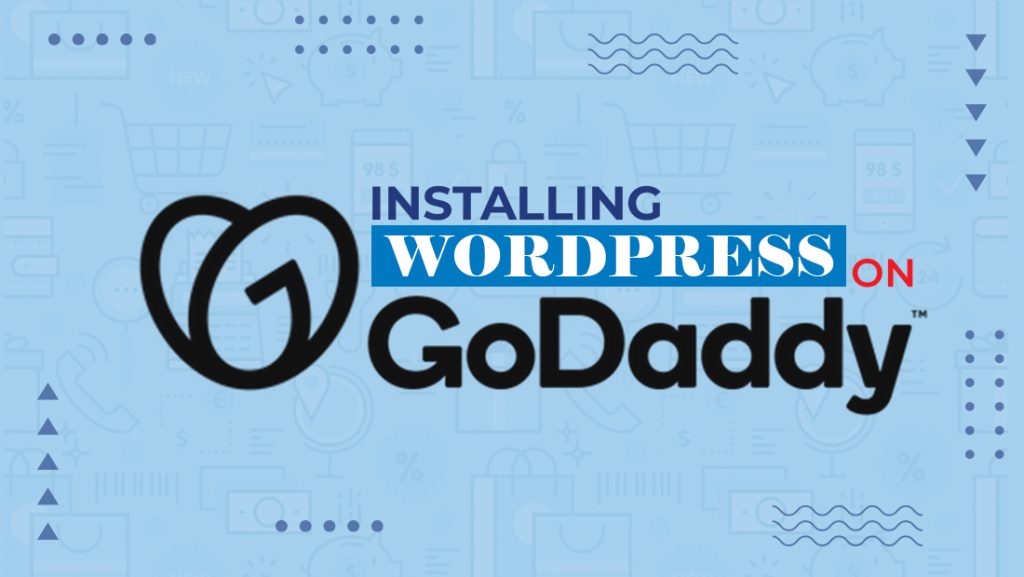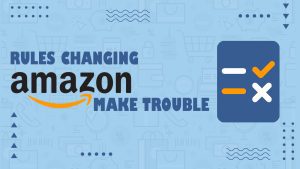Table Of Content
Introduction
Why Choose GoDaddy for WordPress
Prerequisites for WordPress Installation
Steps to Install WordPress on GoDaddy
Logging into Your GoDaddy Account
Accessing cPanel
Setting up Your Database
Downloading WordPress
Installing WordPress
Configuring Your WordPress Settings
Customizing Your WordPress Website
FAQs (Frequently Asked Questions)
Q1: Do I need technical knowledge to install WordPress on GoDaddy?
Q2: Can I install WordPress on GoDaddy’s managed WordPress hosting?
Q3: What is the difference between cPanel and Managed WordPress?
Q4: How do I secure my WordPress site on GoDaddy?
Q5: Can I change my website’s theme after installing WordPress?
Conclusion
Introduction
Are you curious about how to install WordPress on GoDaddy? You are at the right place. In today’s digital age, having a strong online presence is essential, whether you’re a blogger, a business owner, an artist, or anyone with a message to share. Websites are the cornerstone of this presence, and, the world’s most popular content management system, has made it easier than ever to create and manage your website. If you’ve chosen GoDaddy as your hosting provider, you’re in the right place. GoDaddy , a renowned name in web hosting, offers a range of hosting solutions, each tailored to specific needs. As one of the top hosting providers globally, GoDaddy is known for its reliable services, lightning-fast performance, and excellent customer support. Whether you’re launching a personal blog, an e-commerce site, or a business website, GoDaddy has you covered.
Why Choose GoDaddy for WordPress
Before we delve into the technical aspects of WordPress installation, it’s important to understand why GoDaddy is an excellent choice for hosting your WordPress website. GoDaddy’s reputation as a hosting provider is built on a solid foundation of reliability and performance. Their commitment to providing top-notch services has made them a popular choice among website owners of all levels of expertise. Whether you’re a seasoned web developer or a newcomer to the world of websites, GoDaddy offers hosting solutions that cater to your specific needs. The variety of hosting options they provide includes shared hosting, virtual private server (VPS) hosting, dedicated hosting, and managed WordPress hosting. Each type is designed to address particular hosting requirements. So, no matter your technical proficiency or website scale, GoDaddy has the right solution for you.
Prerequisites for WordPress Installation
Before we dive into the installation process, let’s ensure you have everything you need to set up WordPress on GoDaddy.

Steps to Install WordPress on GoDaddy
Now, let’s get into the nitty-gritty of installing WordPress on GoDaddy. We’ll guide you through each step to make the process as straightforward as possible.
1. Logging into Your GoDaddy Account
Go to the GoDaddy website and log in to your account. Use your username and password.
Step 2: Access Your Web Hosting
After logging in, find and click on “My Products” or a similar option. Look for your web hosting plan and click on it.
Step 3: Launch Your Control Panel (cPanel)
In your hosting dashboard, locate and click on the “cPanel Admin” or similar button. This will open your control panel.
Step 4: Find the WordPress Installer
Inside your cPanel, look for the “Web Applications” or “Web Apps” section. In many cases, you’ll find the “WordPress” icon there. Click on it.
Step 5: Install WordPress
You will be directed to the WordPress installation page. Click “Install this application” or “Install” to begin the setup.
Step 6: Configure Your Settings
You will need to configure some settings: Domain: Choose the domain name where you want to install WordPress. Directory: Leave this blank to install WordPress in the root directory. Site Settings: Enter your website’s name and description. Admin Account: Set your username and password. Email: Provide your email address.
Step 7: Advanced Options (Optional)
You can choose to set up advanced options like database name and table prefix. However, the default options are usually fine.
Step 8: Install WordPress
Click “Install” or “Finish.” GoDaddy will now install WordPress on your chosen domain.
Step 9: Wait for Installation
The installation process might take a few moments. Be patient.
Step 10: Access Your WordPress Dashboard
Once the installation is complete, you’ll see a success message. Click the link to your website or the admin dashboard (usually www.yourwebsite.com/wp-admin/). Use your admin username and password to log in.
Step 11: Customize Your Website
Congratulations! You’ve successfully installed WordPress. Now, you can start customizing your website, adding content, and making it your own.
Customizing Your WordPress Website
After installing WordPress, you can start customizing your website. This includes choosing a theme, adding plugins, and creating content. explain this step in detail
1. Choosing a Theme:
Your website’s theme defines its appearance. To select a theme, log in to your WordPress dashboard. In the admin sidebar, go to “Appearance” and click “Themes.” You can browse the free themes available or click “Add New” to explore more options. When you find a theme you like, click “Install” and then “Activate” to apply it.
2. Adding Plugins:
Plugins enhance the functionality of your website. To add a plugin, go to the WordPress dashboard. In the sidebar, click “Plugins” and then “Add New.” You can search for specific plugins or explore featured, popular, or recommended ones. Click “Install Now” to add a plugin and then “Activate” to enable it. Some essential plugins to consider include: Yoast SEO: For improving your website’s SEO. Akismet: To protect against spam comments. Contact Form 7: To create contact forms. W3 Total Cache: For improving website speed. You can customize each plugin’s settings to suit your needs.
3. Creating Content:
To add content like posts and pages, go to the dashboard. To create a new post, click “Posts” in the sidebar and then “Add New.” To make a new page, select “Pages” and click “Add New.” You can give your post or page a title and start adding content in the visual editor. Use the formatting tools to style your content, insert images, videos, and links. Don’t forget to save or publish your content when you’re done.
4. Customizing Site Identity:
You can set your website’s title and tagline by going to “Customize” under the “Appearance” section. Click on “Site Identity” and enter your site title and tagline.
5. Menus and Navigation:
To create a navigation menu, visit “Appearance” and select “Menus.” Click “Create a new menu” and give it a name. Add pages, posts, or custom links to the menu. You can also set menu locations (e.g., primary menu) and save the menu.
6. Widgets:
Widgets are like content blocks you can add to your website’s sidebars or other widget areas. Under “Appearance,” click “Widgets.” Drag and drop widgets into your chosen widget areas to add features like recent posts, categories, and more.
7. Site Structure:
Consider your site structure, organizing content into categories and tags for easy navigation. In the dashboard, you can manage categories and tags under “Posts.”
8. Media Library:
You can manage images, videos, and other media in the Media Library. To upload media, go to “Media” in the dashboard and click “Add New.”
9. Test and Preview:
As you customize your website, regularly use the “Preview” button to see how your changes will look to visitors. Make sure everything appears as you want it before hitting “Publish” or “Save.”
FAQs (Frequently Asked Questions)
Q1: Do I need technical knowledge to install WordPress on GoDaddy?
No, you don’t need advanced technical knowledge. This guide will walk you through the process step by step. If you encounter any issues, GoDaddy’s support team is available to help.
Q2: Can I install WordPress on GoDaddy’s managed WordPress hosting?
If you’re using GoDaddy’s managed WordPress hosting, WordPress is pre-installed. You can skip the installation steps and go directly to customizing your site.
Q3: What is the difference between cPanel and Managed WordPress?
cPanel provides more control and flexibility, while Managed WordPress hosting offers automatic updates, security, and performance optimization. Your choice depends on your technical expertise and preferences.
Q4: How do I secure my WordPress site on GoDaddy?
You can enhance your site’s security by using strong passwords, regularly updating plugins and themes, and installing a security plugin. GoDaddy also offers security features.
Q5: Can I change my website’s theme after installing WordPress?
Yes, you can change your theme at any time. WordPress provides a wide selection of free and premium themes. Simply install and activate the theme you prefer.
Conclusion
Congratulations! By following this comprehensive guide on how to install WordPress on GoDaddy, you’ve taken a significant step towards establishing your online presence. The journey to creating a fully functional WordPress website is both exciting and rewarding. With your WordPress site up and running, you’ve unlocked a world of endless possibilities for your online venture. WordPress is renowned for its flexibility, user-friendliness, and an extensive library of themes and plugins. Whether you’re a blogger, small business owner, or aspiring e-commerce mogul, WordPress empowers you to make your website truly your own.





